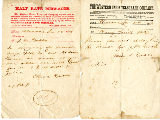Yellow Jack!

Yellow Jack!
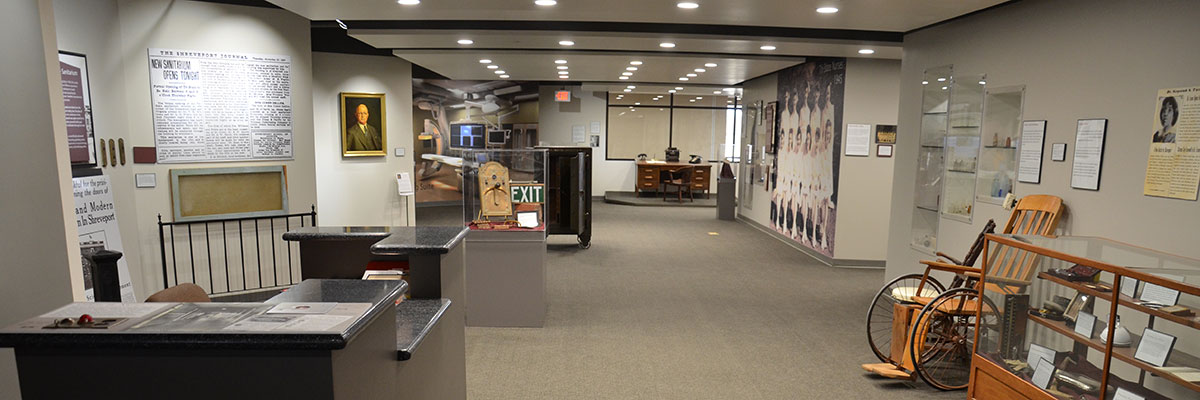
Yellow Jack!
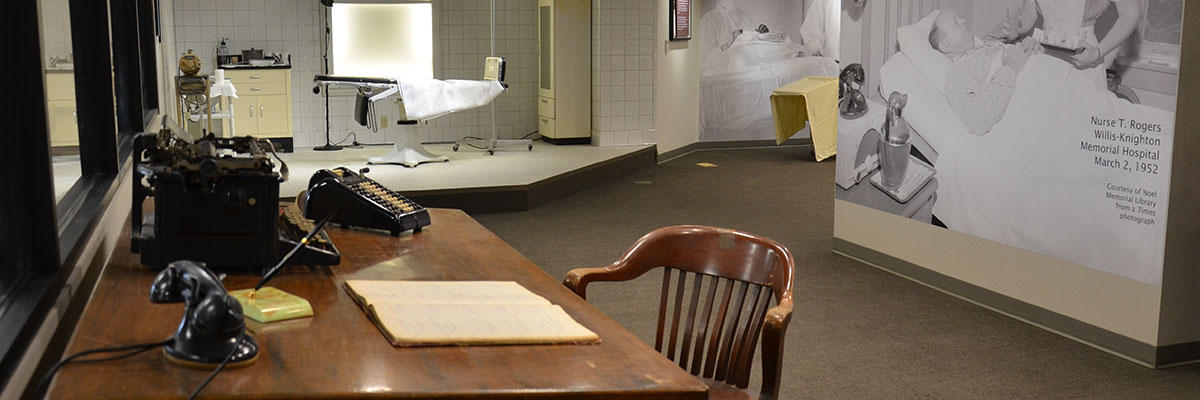
Yellow Jack!
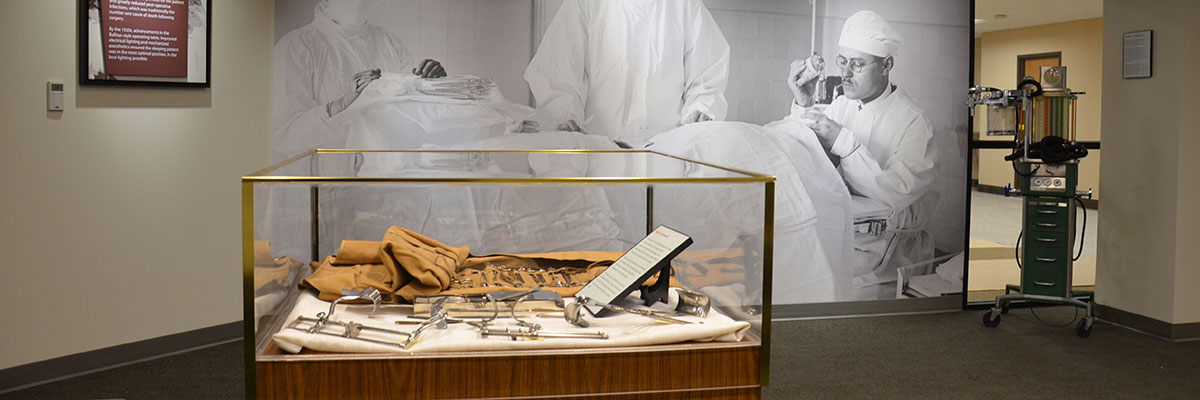
Yellow Jack!
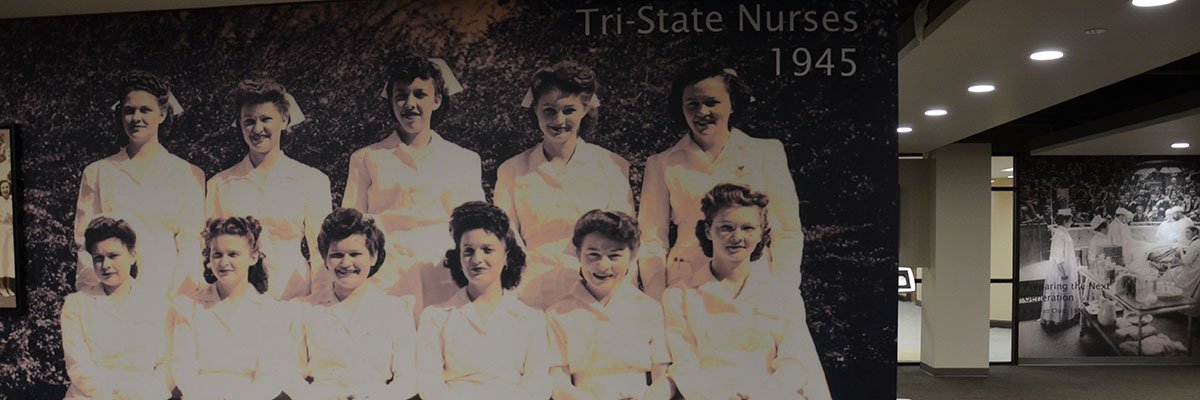
Yellow Jack!
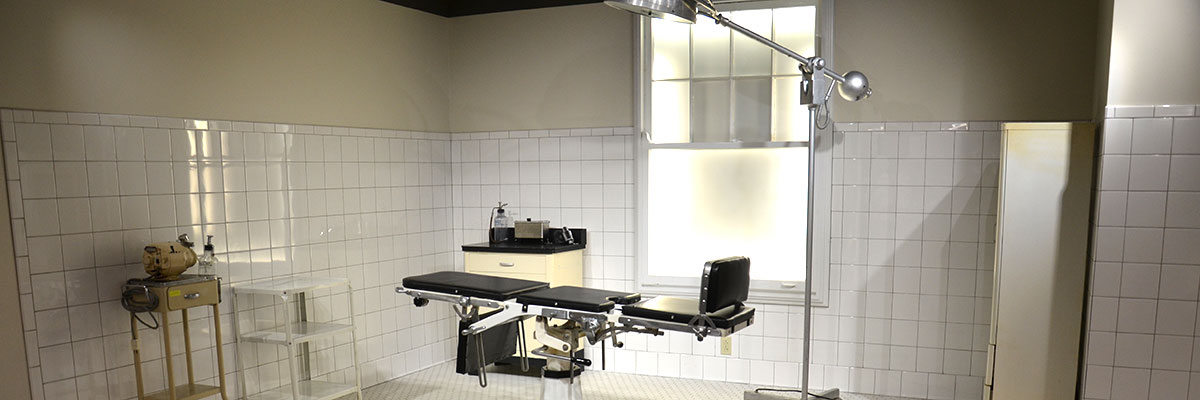
Shreveport’s yellow fever epidemic of 1873 was the area’s original public health crisis. Lasting from August 20 to November 10, 1873, the outbreak claimed at least 700 lives, with some estimates ranging to more than 1,000. Outbreaks of yellow fever were common in the south, but Shreveport’s epidemic was particularly deadly. More than half of the residents who stayed behind during the outbreak caught the virus. About 25 percent of those infected perished.
The Talbot’s collection contains original and reproduction personal effects of survivor’s, chronical records of first person accounts, haunting contemporaneous imagery, depictions of the medical remedies used to combat the fever and even the names of more than 700 victims on the outbreak’s office death list.
Olivia Dabbs Telegram
Description
One of the most tender documents in the museum is a single page telegram from Olivia Dabbs, the young wife of James M. Dabbs. When the yellow fever epidemic broke out and thousands fled Shreveport, Dabbs, then a “stage agent” or freight manager, in Monroe was called to replace the Shreveport agent who had fled the city.
Dabbs though knowing the danger came to the stricken community. Dabbs contracted yellow fever and remained for several days on the brink of death. In a telegram from Monroe his wife Olivia pleaded for his doctor, Henry Smith, to get a priest to give her husband The Last Rites. James did not die and in his own letter written to Olivia following his recovery, James promises to return to his wife and infant child.
The young stage agent did, but their time together would be short-lived. James would die three years later his health broken by his battle with “yellow jack”
The telegram is written in longhand on a simple Western Union Telegraph form.
Location in Museum
Yellow Jack! Exhibition caseAge
1873Donor
The Family of James and Olivia Dabbs


